In today’s rapidly evolving logistics landscape, public warehouses have become a vital solution for businesses seeking flexible, scalable, and cost-efficient storage options. Unlike private warehousing, public warehouses offer shared space and services, allowing companies to optimize inventory management without heavy capital investment. In this article, we explore the definition, advantages, and technological innovations shaping modern public warehouse operations. Discover how leveraging public warehouses can elevate your supply chain efficiency.
>>> Read more: Overseas Warehouse: Benefits, Types, How To Choose
What Is a Public Warehouse? Definition and Overview
A public warehouse is a third-party storage facility that offers warehousing services to multiple businesses on a short- or long-term basis. Unlike private warehouses, which are owned and operated by individual companies for their own exclusive use, public warehouses provide shared space and resources to help reduce costs and improve flexibility. These facilities are especially beneficial for businesses that experience seasonal fluctuations in inventory, lack the capital to build or lease their own warehouse, or are expanding into new markets.
Services offered typically include inventory storage, order fulfillment, packing, labeling, and shipping – often supported by warehouse management systems (WMS) to ensure accuracy and efficiency. Because costs are based on the amount of space and services used, public warehouses offer a pay-as-you-go model that aligns well with the needs of growing businesses and e-commerce operations.
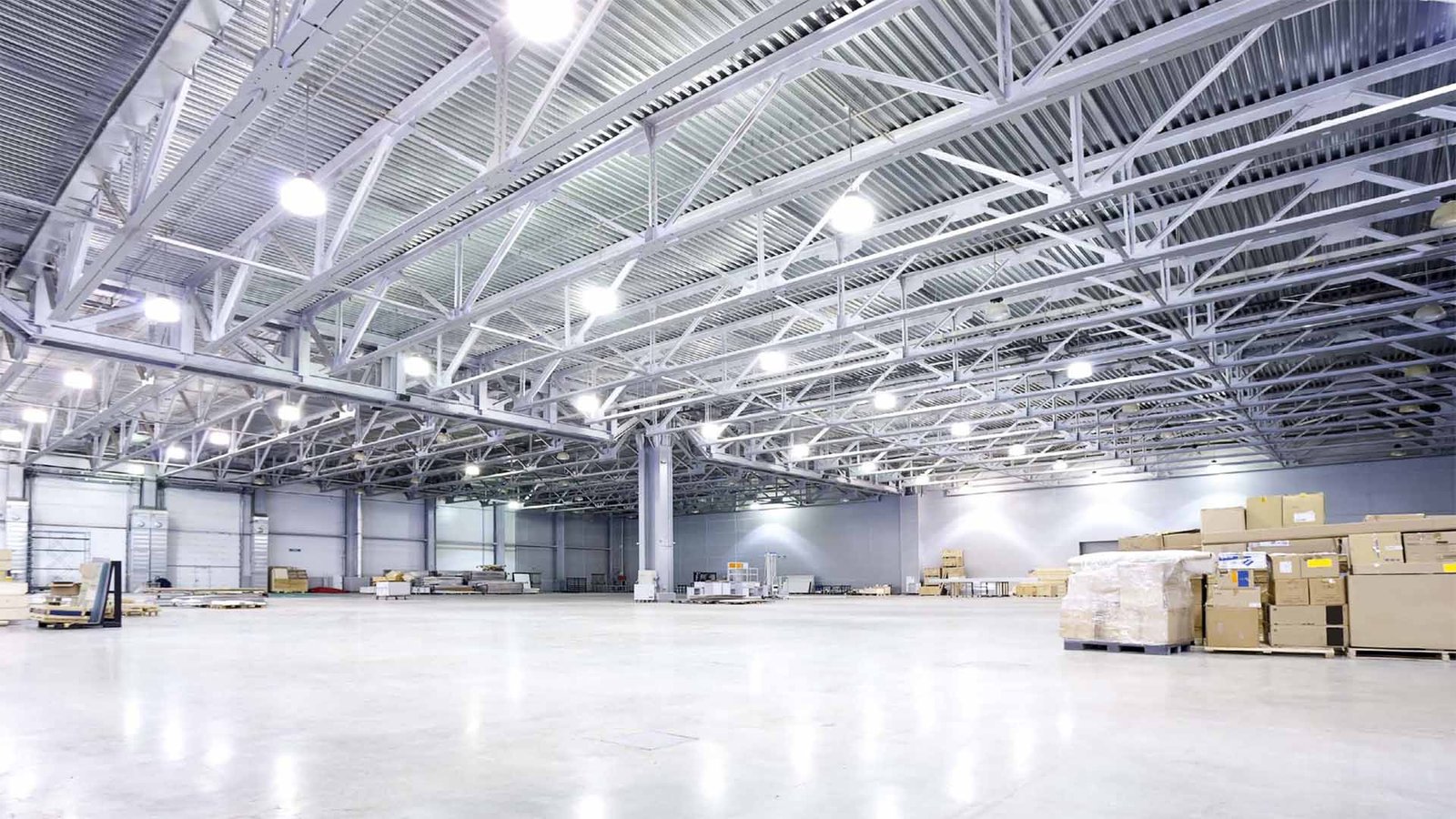
Key Benefits of Using a Public Warehouse
Public warehouses offer numerous advantages for businesses looking to optimize their logistics and storage solutions. By leveraging these facilities, companies can enhance their operational efficiency while minimizing costs. Here are some key benefits of using public warehouses:
- Lower Costs: One of the most significant advantages of public warehouses is the reduction in overhead costs. Businesses can avoid the substantial capital investment required to build and maintain their own storage facilities. Instead, they pay only for the space and services they use, which helps improve budget efficiency and reduce financial risk.
- Scalability: Public warehouses provide the flexibility to scale operations according to business needs. As demand fluctuates, companies can easily adjust their storage space without the burden of long-term commitments. This adaptability is particularly beneficial for businesses experiencing seasonal peaks or rapid growth, allowing them to align inventory levels with market demands.
- Flexibility: With public warehouses, businesses can take advantage of month-to-month leasing options, enabling them to respond quickly to changing market conditions. This flexibility allows companies to test new products or enter new markets without the constraints of fixed storage commitments.
- Strategic Locations: Many public warehouses are strategically situated near major transportation hubs, such as ports and highways. This positioning facilitates faster shipping times and reduces transportation costs, ultimately enhancing customer satisfaction by ensuring timely deliveries.
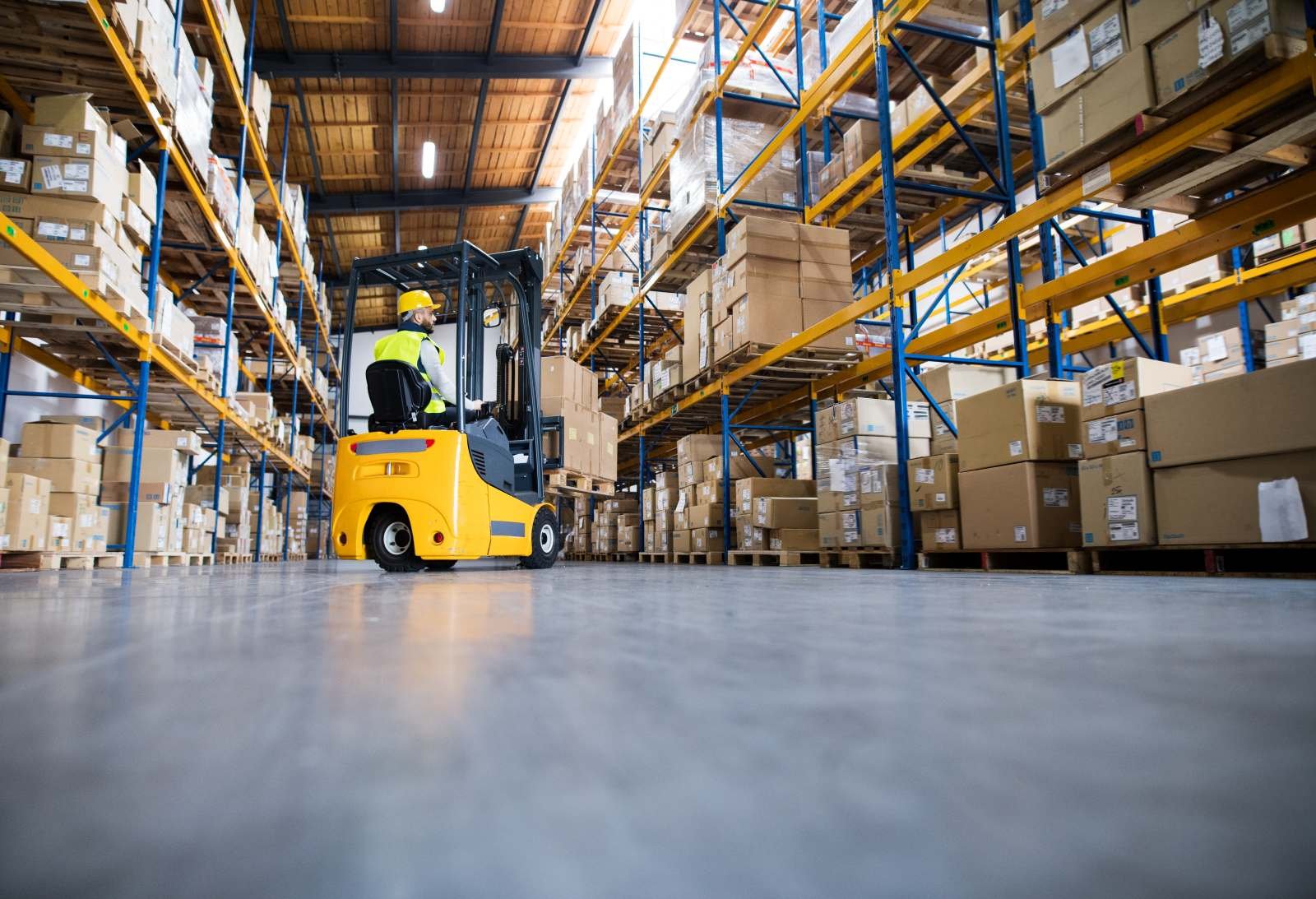
Public Warehouses vs. Private Warehouses: A Complete Comparison
Choosing between public warehouses and private warehouses depends largely on your business’s scale, capital, and growth strategy. Below is a detailed side-by-side comparison to help you evaluate the best fit for your logistics needs:
| Feature | Public Warehouses | Private Warehouses |
| Storage Facilities | Flexible sizing, shared space, and scalable based on demand | Fixed space; often custom-built to suit the company’s operations |
| Inventory Management | Managed by warehouse staff using standardized WMS; limited direct control | Fully managed in-house with proprietary systems and complete operational control |
| Types of Services Offered | Receiving, storage, order fulfillment, packing, labeling, shipping | Customized workflows, often integrated with broader enterprise systems |
| Costs | Low upfront investment, pay-as-you-go model based on usage | High initial investment, fixed operating costs regardless of volume |
| Customer Experience | Standardized service quality, reliable for multi-client operations | Tailored customer service aligned with company-specific standards |
| Distribution Process | Shared resources for shipping and last-mile delivery; may have limits on customization | In-house or dedicated fleet; allows for full control of fulfillment operations |
| Adaptability to Growth | Highly scalable and flexible with minimal expansion risks | Expansion may require new facility investments, leading to potential disruptions |
What to Consider When Choosing Public Warehousing Services
Selecting the right public warehousing service is crucial for optimizing your supply chain and ensuring efficient operations. Here are several key factors to consider when making your choice:
Warehouse Location and Network Coverage
The location of the warehouse plays a vital role in your logistics strategy. Consider whether the warehouse is situated near major transportation routes, ports, and your customer base. A strategically located warehouse can significantly reduce shipping times and costs, enhancing your ability to meet customer expectations for fast delivery. Additionally, evaluate the network coverage of the warehouse provider to ensure they can support your distribution needs across various regions.
Data-Driven Service Level Agreements (SLAs)
Service Level Agreements (SLAs) are essential for defining the expectations and responsibilities between you and the warehouse provider. Look for SLAs that are data-driven, offering metrics on fulfillment accuracy, inventory management, and delivery times. This transparency helps ensure that your inventory is managed effectively and that you can rely on the warehouse to meet your operational goals.

Value-Added Benefits and Included Services
Public warehouses often provide additional services beyond basic storage, such as inventory management, order fulfillment, and packaging. Assess the value-added services offered by potential warehouse providers to determine how they can enhance your operations. These services can help streamline your logistics processes and improve overall efficiency, making them a critical factor in your decision-making.
Flexibility Options and Cost Structures
Flexibility is a significant advantage of using public warehouses. Look for providers that offer flexible leasing options, allowing you to adjust your storage space based on seasonal demands or business growth. Additionally, evaluate the cost structures to ensure they align with your budget. Public warehouses typically operate on a pay-as-you-go model, which can help you manage costs effectively.
Reputation and Industry Experience
Finally, consider the reputation and experience of the warehouse provider. Research their track record in the industry, including customer reviews and case studies. A provider with a strong reputation and extensive experience is more likely to deliver reliable services and understand the unique challenges of your business sector.

The Increasing Importance of Technology and Data in Public Warehousing
As businesses strive for efficiency and accuracy, leveraging advanced technologies and data analytics is essential for optimizing operations and enhancing customer satisfaction. Here’s how public warehouses can harness these tools effectively:
Step 1: Building a Vertical Integration Process
Creating a vertical integration process allows public warehouses to streamline operations by connecting various stages of the supply chain. This integration facilitates better communication and coordination between suppliers, warehouses, and retailers, leading to improved inventory management and reduced lead times. By aligning all components of the supply chain, public warehouses can enhance their responsiveness to market demands and minimize operational disruptions.
Step 2: Leveraging Big Data for Better Decisions
Big data analytics plays a crucial role in helping public warehouses make informed decisions. By analyzing vast amounts of data from various sources, warehouses can gain insights into inventory levels, customer preferences, and market trends. This information enables them to optimize stock levels, forecast demand accurately, and reduce excess inventory, ultimately leading to cost savings and improved service levels. Additionally, data-driven decision-making enhances operational efficiency and supports strategic planning.

Step 3: Automating Warehouse Operations Proactively
Automation is transforming the landscape of public warehouses by increasing efficiency and reducing human error. Implementing automated systems for inventory management, order fulfillment, and shipping processes allows warehouses to operate more smoothly and accurately. Technologies such as robotics, artificial intelligence, and automated guided vehicles (AGVs) can significantly enhance productivity by minimizing manual tasks and speeding up operations.Proactive automation not only improves operational efficiency but also enhances the overall customer experience by ensuring timely deliveries and accurate order processing.
Keys Logistics: Essential Factors for Efficient Warehousing and Distribution
At Keys Logistics, we understand that efficient warehousing and distribution are vital to the success of every modern supply chain. As a trusted provider of public warehouses, we offer businesses the flexibility, scalability, and strategic reach they need to grow – without the heavy upfront investment of owning infrastructure.
- Strategic warehouse locations: With facilities across the U.S., Europe, and Asia, we reduce transit times and optimize last-mile delivery for cross-border commerce.
- Technology-driven operations: Our smart inventory systems and real-time tracking tools ensure precision in storage, order management, and outbound logistics.
- Multi-platform integration: Seamless connection with platforms like Amazon, Shopify, TikTok Shop, and eBay for efficient e-commerce fulfillment.
- Flexible cost structures: We operate under a scalable pricing model, allowing small and medium-sized businesses to pay only for the space and services they use.
- Value-added services: From packaging, labeling, and kitting to custom fulfillment solutions, we help brands elevate customer experience while cutting costs.
Whether you’re a growing e-commerce business or an international B2B seller, Keys Logistics’ public warehouse services are designed to help you scale with confidence. We combine advanced infrastructure with tailored service to ensure your logistics are as efficient and reliable as your brand deserves.
To sum up, public warehouses offer businesses a cost-effective, scalable, and flexible solution to manage inventory and fulfillment in an increasingly dynamic supply chain environment. By leveraging smart technology, strategic locations, and value-added services, companies can streamline operations and remain agile in a competitive market. Whether you’re scaling a startup or optimizing an established distribution network, public warehousing provides the adaptability required to meet evolving demands.
Looking for a reliable public warehouse partner? Contact Keys Logistics today to explore our flexible warehousing solutions designed for fast-growing e-commerce and B2B businesses.




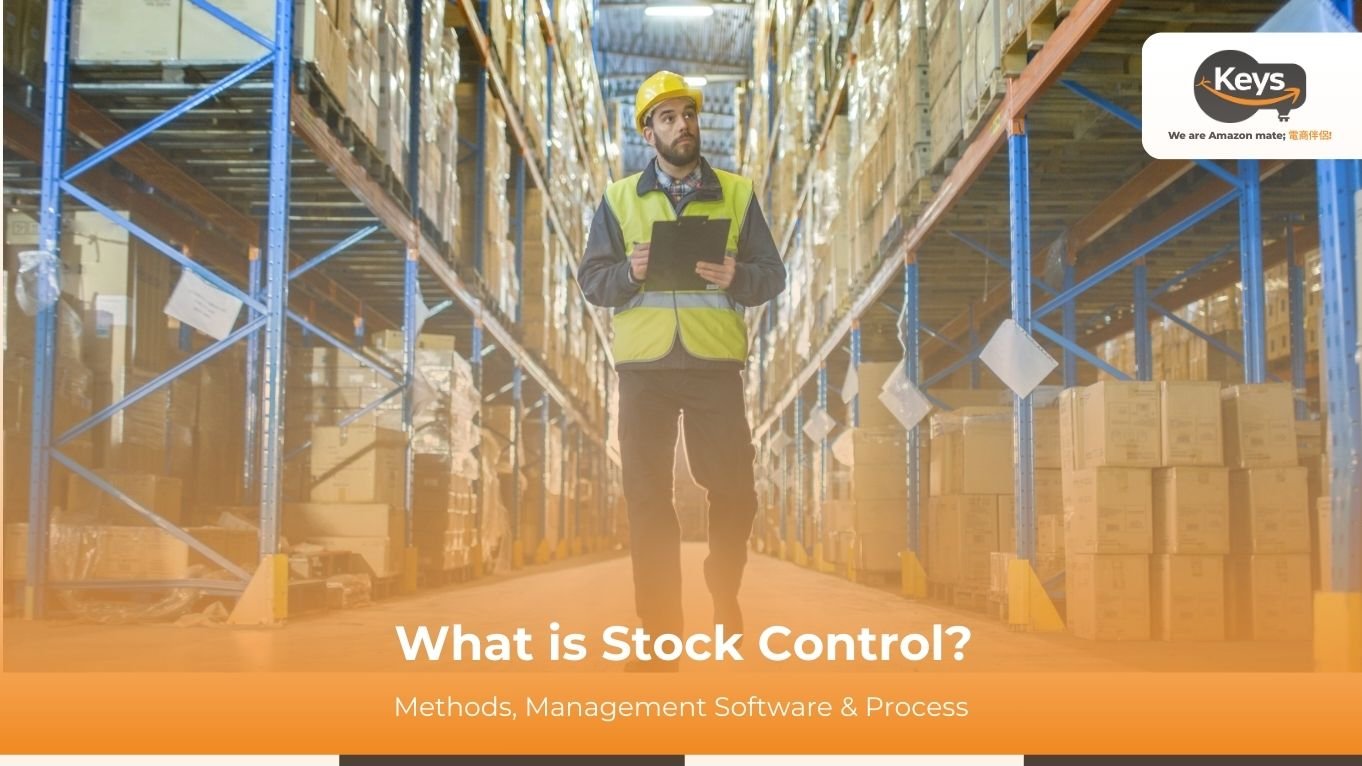



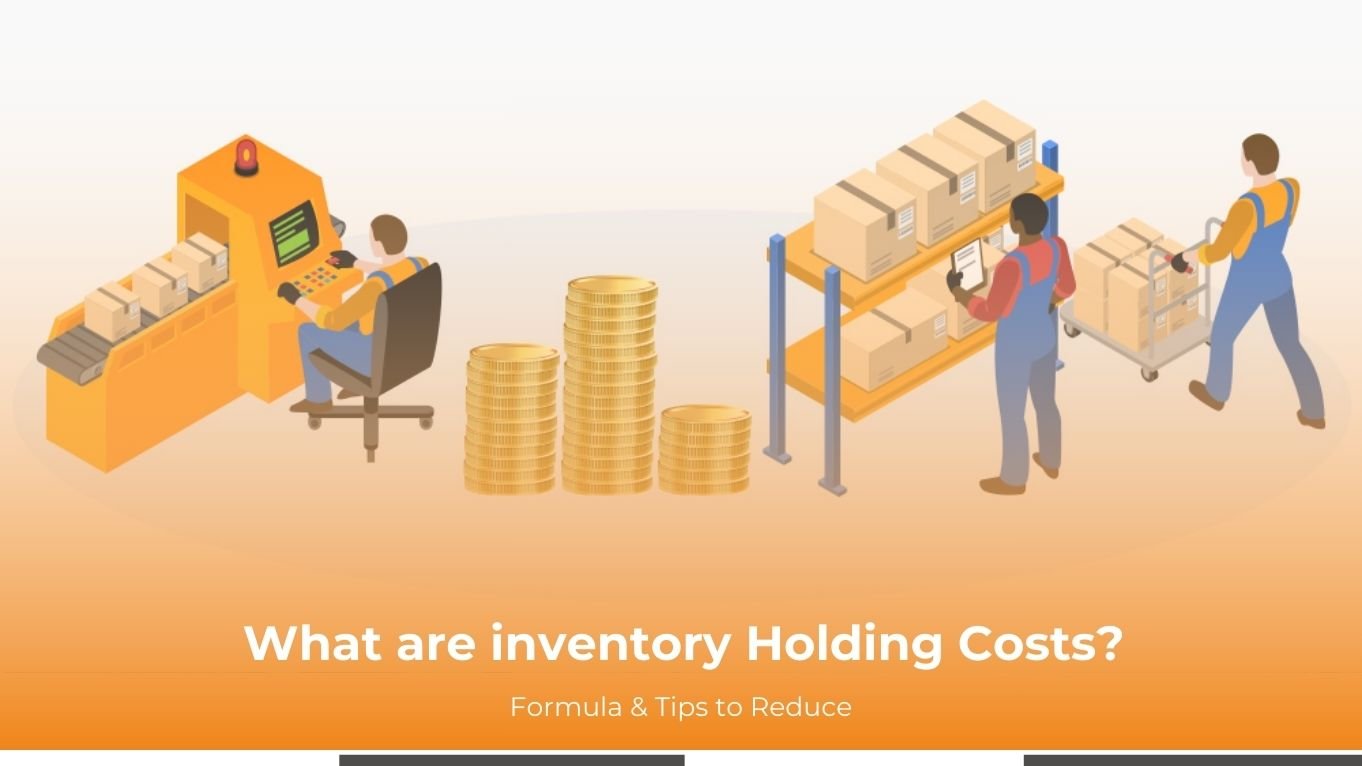
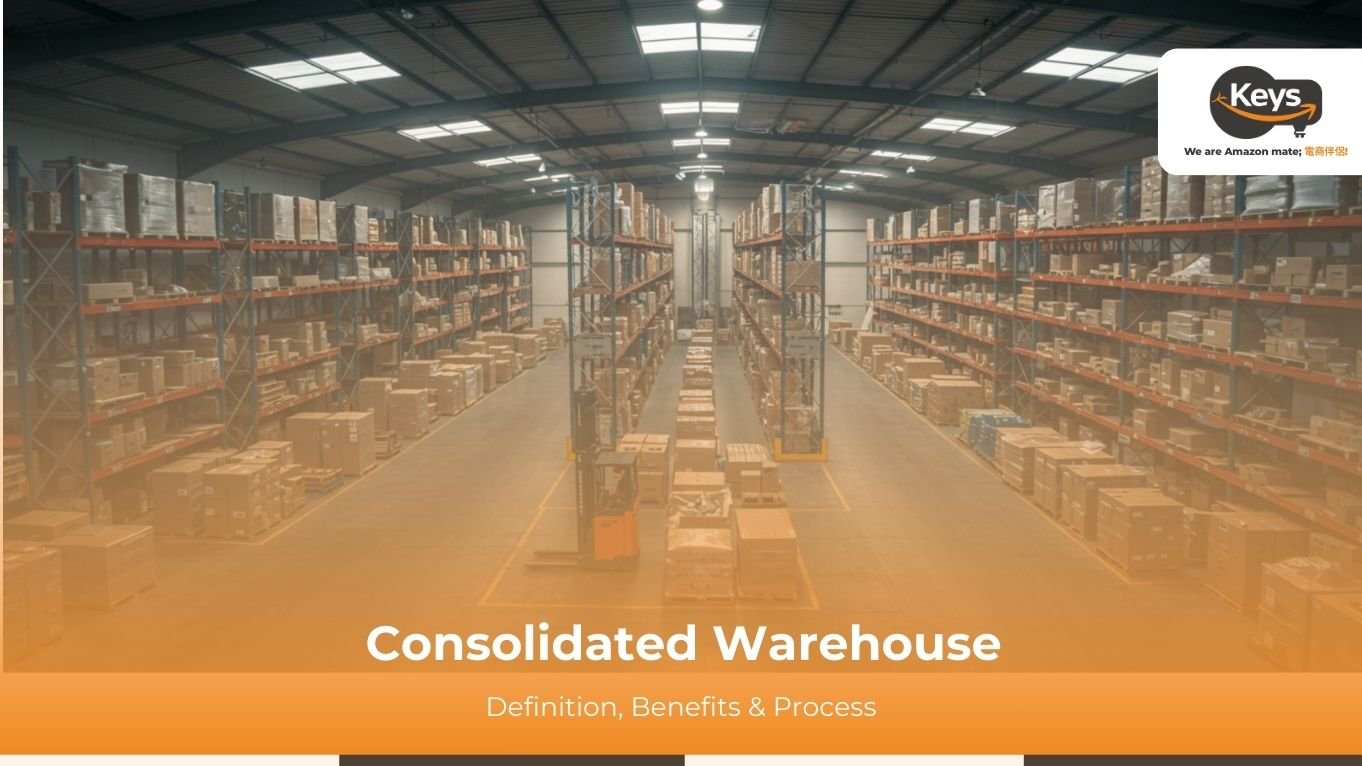
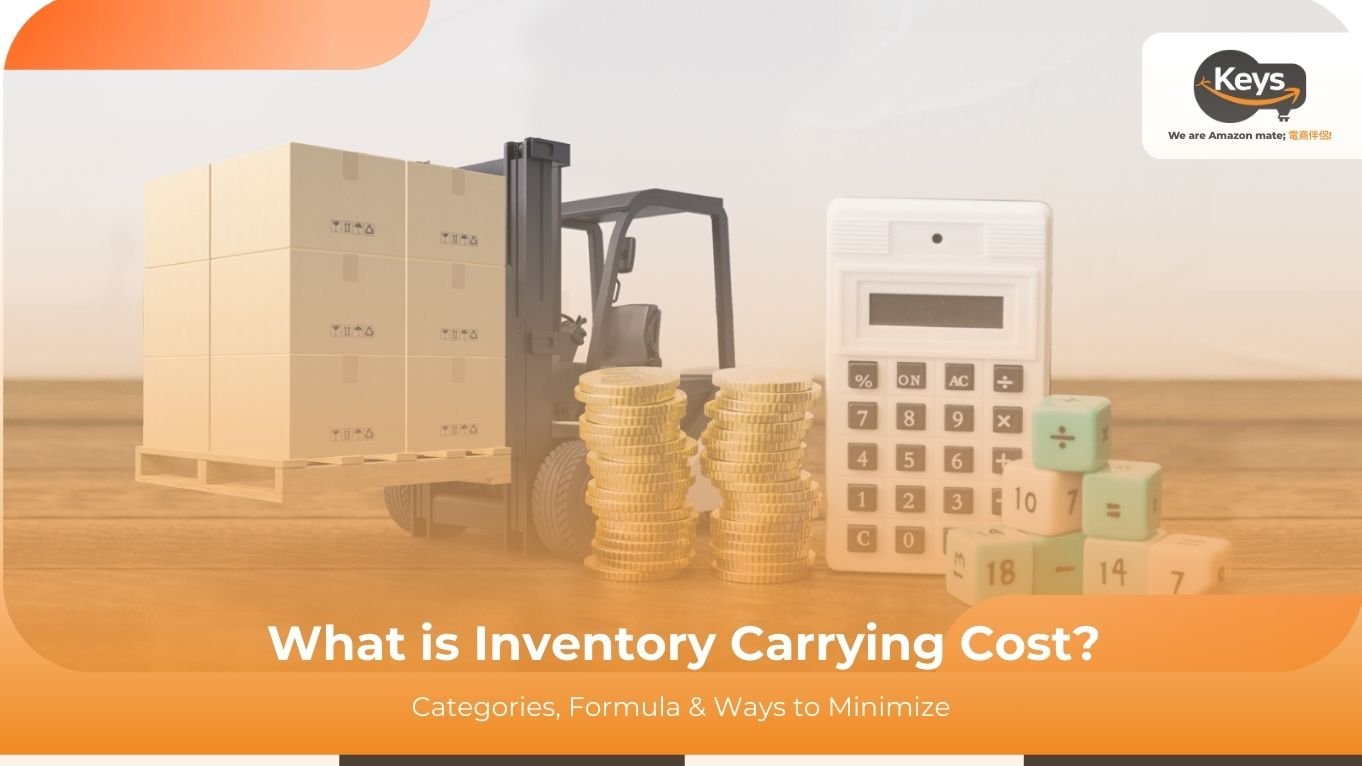

 Tiếng Việt
Tiếng Việt 中文 (中国)
中文 (中国)

